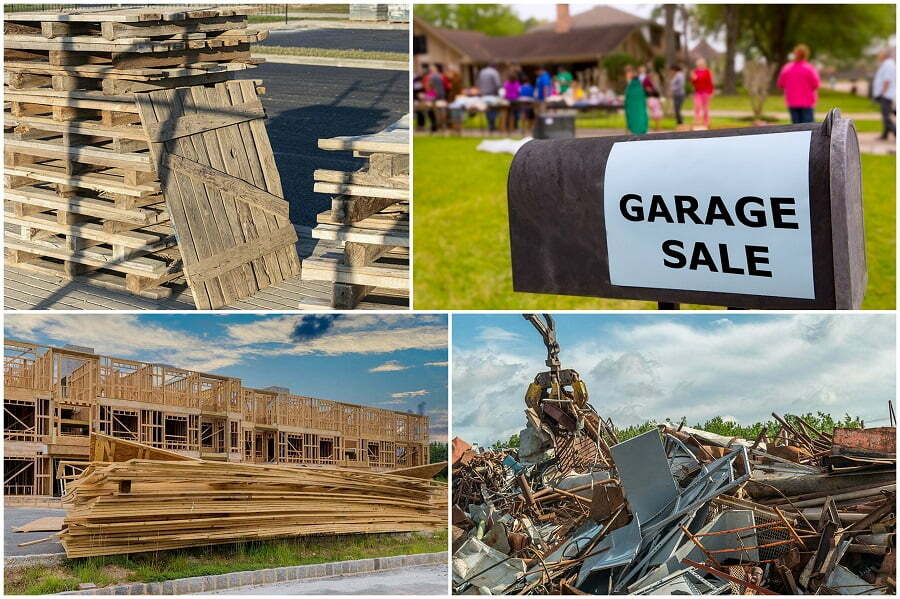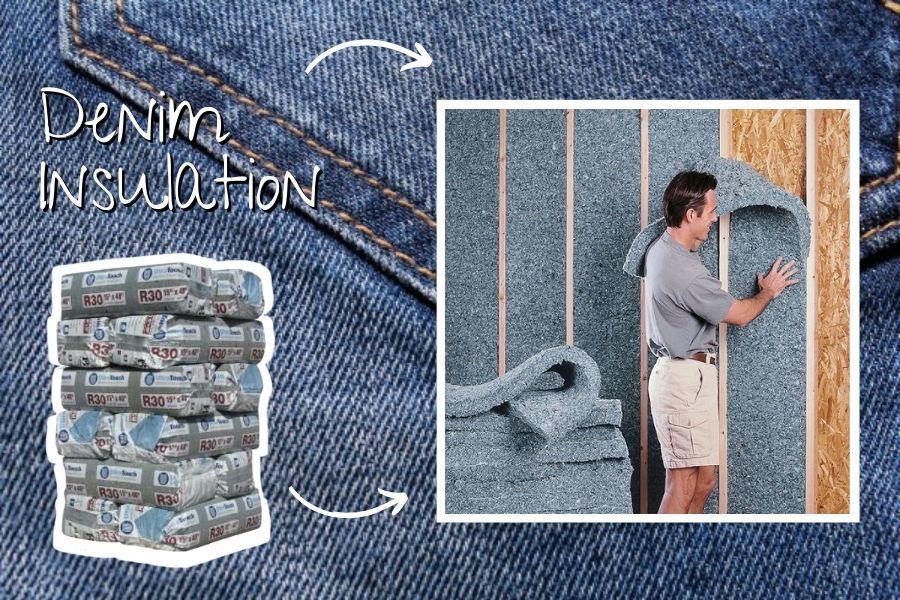Last updated on
This comprehensive guide will provide you with innovative ways to recycle and repurpose your aged timepieces, preventing them from becoming environmental waste.
Key takeaways:
- Assess the value of old watches before recycling or repurposing
- Explore the market for potential resale or donation
- Repurpose functional old watches for gifts or customization
- Repurpose non-functioning watches for steampunk jewelry or art projects
- Recycle watches by separating parts and researching recycling programs
Assessing the Value of Old Watches
Determining the value of old watches requires a careful look at several factors. Start by examining the brand and model. Luxury watches from prestigious brands like Rolex or Patek Philippe often hold or even increase in value over time. Check for a serial number or unique identifying features to assist with this.
Next, consider the watch’s condition. Even minor scratches or wear can reduce a timepiece’s worth. For vintage pieces, originality is key; replacement parts can significantly diminish their collectible value.
Age plays a role too. A watch could be considered vintage or antique, which may add to its appeal for collectors. However, not every old watch is automatically valuable; rarity and demand are driving forces in determining its potential worth.
Lastly, intrinsic value shouldn’t be overlooked. Gold or platinum cases, diamond-studded dials, or other precious materials can add significantly to the watch’s appraised value irrespective of its functionality or brand.
For an accurate assessment, consulting with a professional appraiser or a reputable watch dealer is recommended. They can provide a nuanced valuation that considers the current market trends and the singular attributes of your timepiece.
Exploring the Market for Old Watches
Before tossing your old watch into the recycling bin or a drawer, consider the lucrative potential of the secondhand market. Vintage and luxury watches can sometimes increase in value, turning your outdated timepiece into a treasured investment.
Online marketplaces and auction sites are excellent starting points for gauging interest and value. For those less inclined to navigate digital platforms, local watch dealers and pawnshops provide a more hands-on appraisal and selling experience.
Keep in mind that authenticity, condition, brand, and rarity are critical factors in determining a watch’s resale value. If you’re unsure, seek a professional appraisal to accurately price your item.
For heirloom pieces, consult with specialized collectors or horological societies, who can offer insights specific to historical and collectible watches.
Remember, even if a watch doesn’t hold substantial market value, it might have sentimental or aesthetic appeal to someone else, making resale a sustainable choice.
Options for Functional Old Watches
If your old watch is still ticking, consider giving it a second life. A classic timepiece can be an excellent gift, passing on a slice of history to a friend or family member who appreciates the craftsmanship of older watches. Alternatively, vintage and retro styles often circle back into fashion making your functioning timepiece a trendy accessory.
Selling can be another viable option. Online marketplaces and specialty forums are filled with collectors and enthusiasts searching for particular models or brands. Before listing it, have your watch appraised to ensure you price it correctly.
Donating to non-profits or charity shops is also a thoughtful choice. Some organizations may use functional watches to raise funds or help individuals in need keep track of time.
If the watch holds sentimental value but doesn’t fit your style, consider customizing it. Watchmakers can often replace straps, refinish surfaces, or incorporate the timepiece into a new, more modern design that fits your personal aesthetic.
Lastly, horology schools may welcome functioning watches as teaching tools for students learning the craft of watch repair and restoration. Contact local institutions to see if your watch could contribute to the education of future horologists.
Repurposing Non-functioning Old Watches
Breathing new life into a non-functional timepiece not only serves an aesthetic purpose but also contributes to waste reduction. Craft enthusiasts can dismantle watches and salvage intricate gears, hands, and faces for steampunk jewelry or art projects.
Frames from watch faces can be transformed into miniature picture holders, ideal for keepsake photos or small art prints. Dials themselves make for unique cufflinks or buttons, adding a touch of vintage elegance to clothing.
For the industrially inclined, old watch parts can serve as elements in mixed-media sculptures or be integrated into custom furniture design, such as drawer handles or decorative inlays. Even larger wall clocks can be gutted and repurposed as unique frames for mirrors or bespoke artwork.
With a little creativity, an old watch can lead a second life as a charming conversation piece or a personal, handcrafted gift.
Recycling Watches: Where and How
When it comes to recycling watches, materials and components matter. Metals such as gold, silver, and stainless steel found in watch cases and straps can often be melted down and repurposed. Specialized recycling centers handle electronic waste and can properly dispose of the battery and any hazardous materials inside the watch’s circuitry.
However, not all facilities are equipped to process watches. Start by contacting your local recycling center to inquire about their capabilities. Some jewelers and watch manufacturers offer take-back or recycling programs for their products, often as part of their corporate sustainability efforts.
Taking action is a simple process:
- Separate the watch parts: Bands made from precious metals can be sold to scrap metal dealers. Remove batteries as these can be recycled at most electronic stores or hazardous waste facilities.
- Research recycling programs: Look for watch manufacturers that recycle their own products or jewelry stores that accept old watches for recycling.
- Local e-waste disposal: If the watch has electronic components, find an e-waste disposal event or facility that can manage small electronics.
- Mail-in programs: Certain organizations accept watches via mail for recycling or refurbishing, making it convenient if local options are unavailable.
By identifying the right channels for watch components, not only is waste minimized, but valuable materials can be recovered and reused, reducing the environmental impact.
FAQ
What can we do with old watches?
Old watches can be beneficially repurposed by donating them to charity organizations and shops that use these items to raise funds.
Are old watches worth anything?
Yes, old watches can be quite valuable, driven by the rarity of the model and the conditions of the vintage watch market at the time of sale.
Should I throw away a watch?
While working watches can be donated for reuse, those beyond repair should be properly disposed of in the trash.
Does any charity take old watches?
Yes, charities such as Barnardos, Oxfam, Marie Curie, and Watches for Charity accept old watches, regardless of their condition, to raise funds through recycling.
How can we repurpose vintage watches creatively?
Vintage watches can be creatively repurposed as stylish pendant necklaces, whimsical wall clocks, or decorative table pieces.
Are there specialized recycling centers that deal with watches?
Yes, there are specialized recycling centers that specifically deal with watches, ensuring components are properly disposed of or reused in an environmentally friendly way.
What valuable metals or components could be extracted from discarded timepieces?
Discarded timepieces can yield valuable metals and components such as gold, silver, copper, brass, and delicate mechanical components for reuse or repurposing.
Related reading:
Table of Contents



